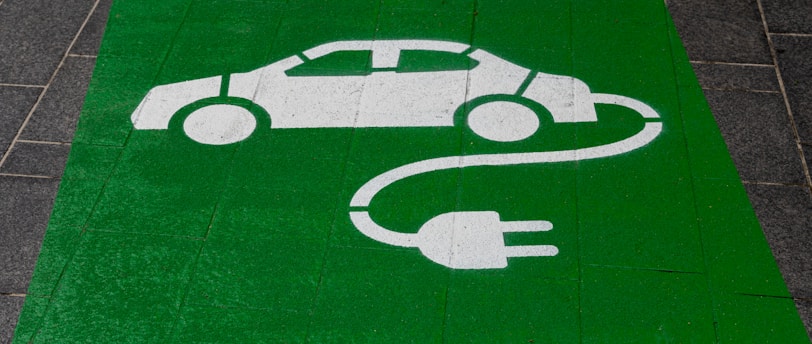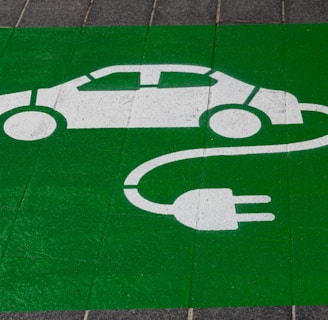The Electric Revolution: Affordable and Green Mobility Electric vehicles (EVs) are no longer a niche luxury
they’re becoming accessible solutions for everyday travel. Here’s how they stack up:
TECHNOLOGY & INNOVATION
VoyegerX
2/27/20252 min read


Budget-Friendly Electric Cars
Models like the Tata Tiago EV and MG Comet EV offer entry-level pricing (under $15,000 in many markets) paired with low running costs. Governments often sweeten the deal with tax credits or EV subsidies, reducing upfront expenses. For example, India’s FAME II scheme and U.S. federal tax rebates can slash prices by 10–30%.Electric Bikes and Scooters: Urban Game-Changers
E-bikes like the Hero Electric Optima and scooters such as the Ola S1 Air provide emission-free commuting at just pennies per charge. With prices starting around $1,000, they’re ideal for students or city dwellers tackling short distances. Many cities also offer dedicated bike lanes and charging hubs to support eco-friendly travel.Lower Maintenance Costs
EVs lack complex engines, meaning fewer oil changes, no exhaust repairs, and reduced wear on parts like brake pads (thanks to regenerative braking). Brands like Tesla and Ather Energy offer extended warranties, easing long-term ownership worries.
Traditional Vehicles: Proven Reliability and Wider Accessibility
While electric options surge, petrol and diesel vehicles still dominate roads. Here’s why they remain relevant:
Affordable Used Cars
Pre-owned fuel-efficient models like the Maruti Suzuki Wagon R or Hyundai i10 deliver reliability at a fraction of EV prices. For buyers wary of battery degradation or charging infrastructure gaps, these cars offer peace of mind.Low-Cost Motorcycles
Bikes like the Honda SP 125 or Bajaj Pulsar 150 balance fuel efficiency (70–80 km/l) with rugged performance, perfect for rural areas or uneven terrain. Used bikes, such as the Royal Enfield Bullet, retain resale value and are easier to repair locally.Fuel Savings with Hybrids
Hybrid cars like the Toyota Camry Hybrid or Honda City Hybrid bridge the gap between electric and traditional, offering 25–30 km/l mileage for drivers not ready to go fully electric.
Cost Comparison: Electric vs. Traditional
Upfront Costs: Traditional bikes/cars often win, but EV incentives narrow the gap.
Fuel/Charging: Electricity costs 40–60% less than petrol per kilometer.
Maintenance: EVs save 30–50% annually due to fewer mechanical parts.
Resale Value: Traditional vehicles currently have higher resale demand, though EVs are catching up.
Government Incentives to Boost Adoption
Many countries are pushing green mobility through:
Tax Breaks: Reduced GST or income tax rebates for EV buyers.
Charging Infrastructure: Free public stations in cities like Berlin and Delhi.
Scrappage Policies: Discounts for trading in old fuel vehicles for EVs.
Which Should You Choose?
For Urban Commutes: E-bikes/scooters or compact EVs (e.g., Tata Nexon EV) minimize costs and congestion.
Long-Distance Travel: Hybrids or diesel cars (e.g., Mahindra XUV700) offer range flexibility.
Budget Buyers: Opt for used petrol cars or entry-level bikes like the TVS Apache RTR 160.
Future-Proof Your Ride
Test Drive Both: Experience EV instant torque vs. traditional engine responsiveness.
Calculate Total Ownership Costs: Include insurance, fuel/charging, and repairs over 5 years.
Research Local Infrastructure: Ensure charging stations or repair shops are accessible.
Explore
Terraverse.in – Cars, Bikes, Tech, Travel, Finance, Wellness. Master Mobility. Innovate Life. Thrive Boldly.
Connect
Inquire
info@terraverse.com
© 2025. All rights reserved.
